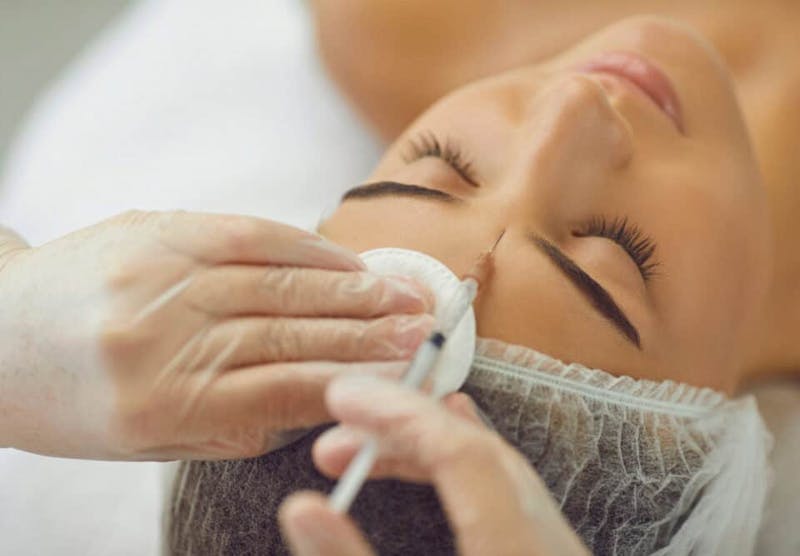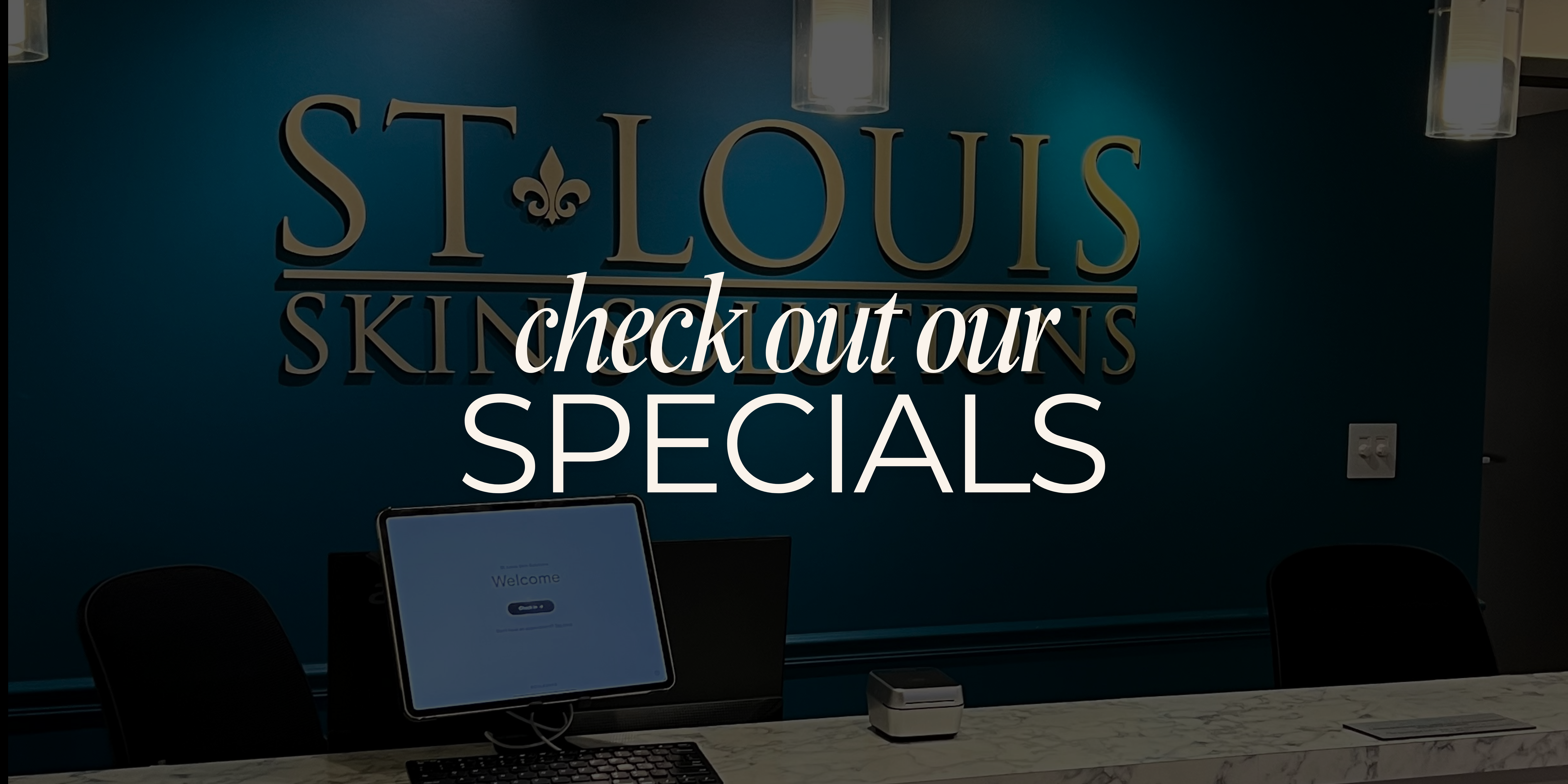
When it comes to ironing out fine and wrinkles and restoring a youthful appearance, few treatments rival Botox. The injectable has evolved from a treatment for the elite to a common cosmetic procedure.
Botox became the most popular non-invasive cosmetic treatment in 2021-2022, with 8.7 million treatments performed by members of the American Society of Plastic Surgeons in 2022. And it doesn’t show signs of slowing down, according to one report: The U.S. non-invasive aesthetic treatment market has been estimated at $6.78 billion US in 2023 and is expected to surpass $14.66 billion US by 2033.
Myths about Botox have emerged alongside its widespread use. In this article, we examine some of the more common beliefs and determine whether they are fact or fiction.
Keep reading to learn more about Botox myths. But first, let’s understand what the substance actually is.
What is Botox?
Botox is short for “botulinum toxin.” It’s a neurotoxic protein produced by the bacterium Clostridium botulinum, which exists in nature. Cosmetically, it’s used as an injection to prevent muscles from moving for a limited amount of time. It’s the contraction of those muscles that cause frown lines and other facial wrinkles.
The FDA initially approved Botox in 2002 after thorough testing. Today, Botox is not only used to smooth fine lines and wrinkles. It’s also a treatment for lazy eye, excessive sweating, overactive bladder, neck spasms and migraines.
The Importance of Addressing Common Botox Myths
Misinformation can often prevent people from considering a treatment altogether. By learning about the myths surrounding Botox, you’ll be helping yourself make an informed decision about whether to try it for yourself. And by making informed decisions, you’ll feel more confident about your treatment choices, and trust qualified professionals to provide safe and effective care.
So, by dispelling Botox myths, we’re doing several things:
- Ensuring patient safety
- Encouraging the appropriate use of Botox
- Building trust in Botox as a cosmetic treatment
Let’s now examine the first myth.
Myths About Botox:
Myth #1: Botox is Toxic
Many people believe Botox is toxic because it’s derived from a toxin that can cause botulism. However, the forms of purified botulinum toxin used by board-certified professionals in tiny, safe doses meet medical control standards. The FDA has approved these standards. As a rule, the bacteria toxins used for medical purposes aren’t harmful if they’re used correctly.
One study found the frequency of serious side effects from Botox is 33 times higher for therapeutic cases than for cosmetic cases, with the average dose of Botox being four times higher in reports for therapeutic cases than cosmetic cases.
It’s crucial to always choose a qualified doctor, dermatologist or surgeon for Botox treatments. He or she will follow FDA guidelines.
Myth #2: Botox Injections are Addictive
Another common myth is Botox skincare addiction, but the truth is, Botox isn’t addictive. Botox doesn’t have any addictive ingredients or cause you to “get high.”
Sensationalized media stories often spread this myth, which might stem from the fact patients might get repeat treatments to keep their skin smooth. That’s because Botox results generally last three to four months. But this is a personal choice – not a physical need.
Botox has also increased in popularity, so the higher number of people receiving the treatment may give the illusion it’s addictive.
Myth #3: Botox Will Lead to a Frozen Face
One more concern about Botox is it will leave you with a “frozen face,” or unable to smile or frown.
“Frozen face” is typically the result of an improper injection technique, improper placement, or lack of clear communication between the patient and healthcare provider. Make sure your provider takes the time to listen and understand your goals before beginning any injections.
Botox in and of itself doesn’t cause “frozen face.” It won’t freeze your facial expression when it’s administered correctly.
When you undergo a Botox treatment by a skilled professional who knows how much dosage you require, where and how to inject it, and at which intervals, Botox allows natural movement and facial expressions.
Myth #4: Botox is Meant for Women
The idea that Botox is only for women and goes against societal norms of masculinity is outdated. Injectables in men can actually enhance masculine features. “Brotox” is now a reality.
More men than ever before are turning to procedures such as Botox for a refreshed and more youthful appearance, as well as for medical reasons. In 2020, more than 265,000 Botox treatments were administered to men, according to statistics from the American Society of Plastic Surgeons.
While Botox can help both men and women look and feel their best, men considering Botox should generally expect to require more units of Botox than women. This is because their muscle tissue is thicker and more robust.
Myth #5: Anyone Can Inject Botox
Despite its non-surgical nature, Botox is a medical procedure that demands expertise, skill and knowledge of facial anatomy, facial aesthetics, the specific mechanism of Botox action, and product quality. So, no, not just anyone can inject Botox.
A qualified healthcare provider can help ensure you’ll experience minimal, if any, side effects from Botox, which include:
- Pain, bruising or swelling
- Infection at the injection site
- Incorrect placement of the injections
- Droopy eyelids
- Allergic reactions
- Temporary muscle weakness
- The toxin spreading to other areas of the body
Botox should only be administered by a well-trained and certified healthcare provider. Entrusting your treatment to a qualified professional ensures safety, as well as effectiveness in achieving the results you want.
Myth #6: Botox Results are Immediate
You may have heard Botox provides results immediately. The truth is, they develop gradually in the days following treatment but the Botox itself begins working immediately. While some changes may be noticeable three to five days after treatment, the full effects typically appear around four days post-treatment. Maximum results are typically visible in about 10-14 days.
Despite not being instant, they’re worth the wait: Botox offers natural-looking results. But how long does Botox last? In general, you can expect the results to last three to four months.
The Final Word on Botox Myths
Is Botox bad for you? A couple of common Botox myths imply it is, but the answer is no. Botox is a safe and effective non-surgical cosmetic treatment for both men and women when it’s administered by a qualified and skilled healthcare professional.
Common misconceptions, such as Botox being toxic, addictive, or resulting in a “frozen face,” are unfounded. The key is to seek treatment from skilled and qualified healthcare providers to ensure you’ll receive the proper dosage, avoid adverse effects, and safely achieve the results you desire.
Find out more about Botox and what it can do for you by scheduling a consultation with one of the experts at St. Louis Skin Solutions™ today.
And if you’re interested, you can also talk to us about achieving clear skin with Celluma LED light therapy or a custom exfoliating facial.


